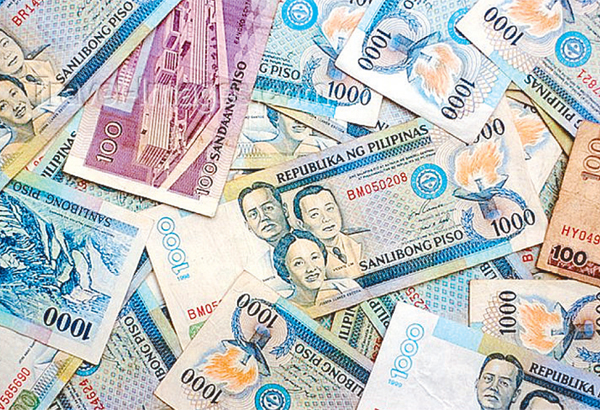MANILA, Philippines - The Bangko Sentral ng Pilipinas (BSP) remains confident the country’s strong macroeconomic fundamentals would support the peso even as the currency hit a five-year low after breaching the 46 to $1 level amid the volatile markets in the region as a result of the devaluation of the Chinese yuan.
BSP Governor Amando Tetangco Jr. said in a text message to reporters currencies in the region including the Philippine peso weakened as an initial reaction to the decision of the Chinese central bank to devalue the yuan.
“Currencies in the region continued to be weak, still in reaction to Chinese yuan moves overnight. During the day, the price action on the peso was also affected by some choppy corporate demand for real foreign exchange obligations,” he said.
The peso lost yesterday 33 centavos to hit a five-year low of 46.26 to $1 from Tuesday’s 45.93. The peso opened at 46 and hit 46.33 before recovering to 46.26.
Volume was again heavy at $1.1 billion.
Tetangco said “the peso continued to trade well in line with others in the region.”
For his part, BSP Deputy Governor Diwa Guinigundo said in an interview with reporters the peso is holding its ground and is one of the least-depreciated currencies in the region.
“The peso was one of the least-depreciated yesterday because of our fundamentals. And I think our strong macroeconomic fundamentals, particularly the structural flows in the balance of payments, will provide a natural support to a stable peso,” Guinigundo said.
He pointed out markets in the region would remain volatile after the People’s Bank of China (PBOC) announced Tuesday the devaluation of the Chinese yuan.
“It’s not done yet. Theoretically, (yuan) can depreciate by much more. Yuan becomes a floating exchange rate regime so there will be more volatility and bigger fluctuations. We have just seen the beginning,” he added.
The BSP allows market forces to determine the movement of the peso.
“Going forward, we anticipate market moves in spot market will be driven by domestic supply or demand forces, as well as market views on data that will be coming out in the US this week,” Tetangco said.
ING Bank Manila senior economist Joey Cuyegkeng said the BSP’s Monetary Board is likely to keep key interest rates unchanged
Cuyegkeng said monetary authorities would also keep the reserve requirement ratio for banks unchanged at 20 percent as easing could add more volatility to the financial markets.
“But monetary easing even via the reserve ratio requirement would have implications on the volatility of financial markets especially with the foreign exchange market,” he said.
He said the Monetary Board would not likely tweak its policy stance in today’s meeting after the Chinese central bank decided to let the yuan depreciate against the US dollar.
“The recent reaction of the peso to externally-driven developments like this morning’s PBOC weakening of Chinese yuan may bring BSP-MB to be cautious at adjustments of monetary policy settings,” he said
A one-percentage point cut in the reserve requirement ratio for banks releases around P66 billion to P67 billion into the financial system.


